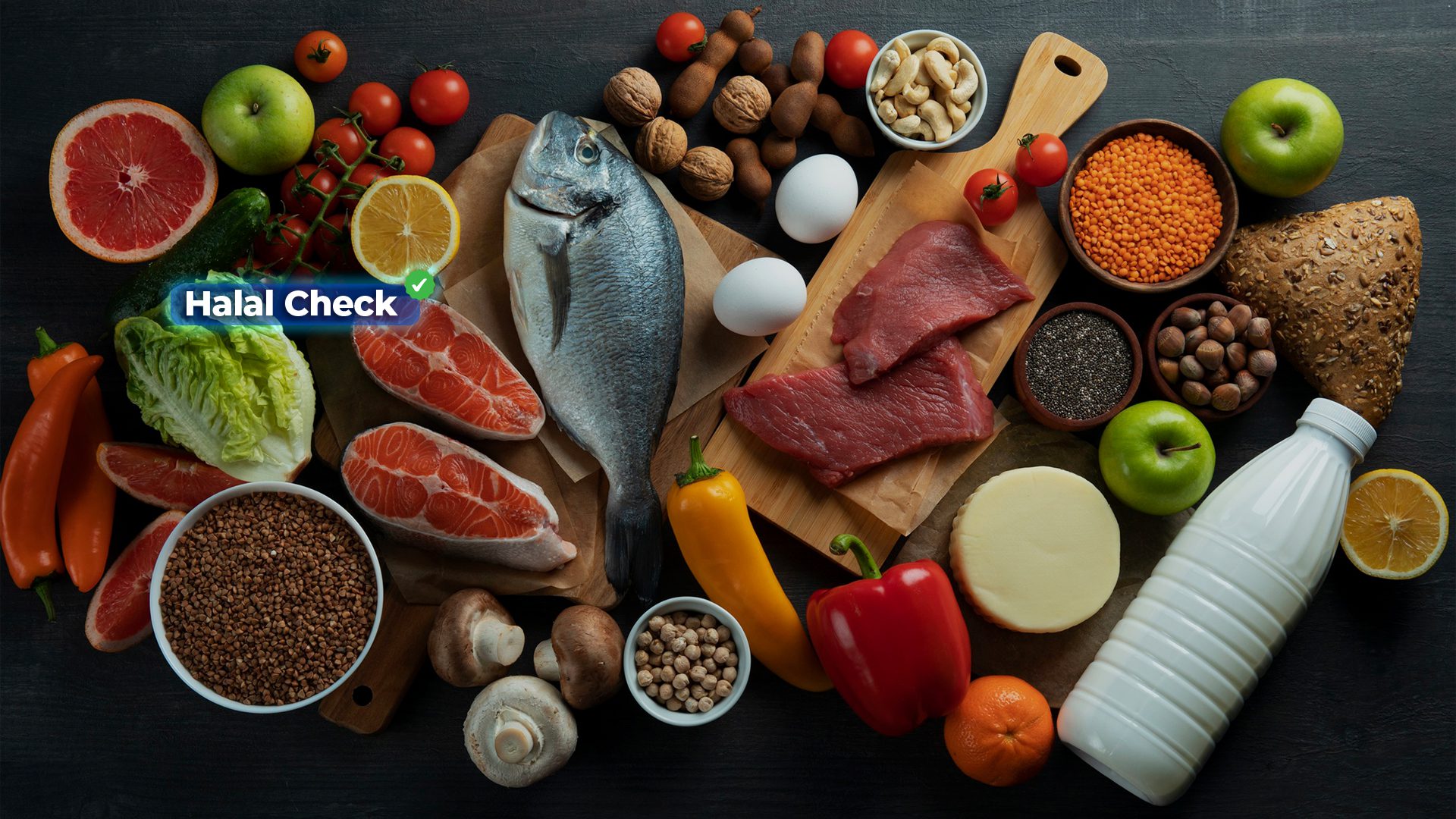Optimizing Industrial Use: Measuring Coal Quality According to SNI
You need to know the parameters for measuring coal quality because coal is not just any commodity. Its role as an alternative resource for large-scale industries is a potential that needs to be optimized to understand the parameters for measuring the quality of this fossil fuel.
Another reason for optimizing the use of coal is the long formation process—coal results from organic deposits of various plant remains, forming sedimentary rocks.
Coal consists of two different types, according to the Indonesian National Standard (SNI). Don’t miss the discussion in this article!
Type and Quality of Coal according to SNI
The Indonesian National Standard looks at calorie content to determine the type and quality of a product. This is caused by the function of calories in producing heat energy when coal is used. So, the quality of coal is determined by the level of caloric content in it.
Likewise, coal has various types. Mining vehicles that transport coal also have different shapes and types that adapt to function and durability in the mining sector.
Based on this, SNI differentiates coal into two types. The following is an explanation of each:
1. Brown Coal
The first type is brown coal or low-energy coal. This type of coal is soft and easily brittle because the water content is relatively high, ranging from 10% to 70%. The calorie content in brown coal is <7000 grams calories.
Brown coal is divided into two types, namely coal lignite with the appearance of a wooden structure and soft low energy coal.
2. Hard Coal
According to SNI, the second type is hard coal, which has a higher ranking than brown coal. If character brown coal is brittle and soft, hence the name hard coal has a complex character, is not easily brittle, and is compact.
Water content in coal-type hard coal is also low, with the appearance of a wooden structure that has disappeared. Hard coal tends to resist various physical damage that can arise through handling. The calorific value of this type of coal is >7000 calories per gram.
Coal Quality Measurement Parameters
After knowing the types of coal based on Indonesian National Standards, you need to understand the parameters to measure the quality of coal.
Generally, calories are the main parameter most often used to see the quality of coal. For more details, let’s discuss these parameters one by one in the following explanation:
1. Calories (Calorific Value)
The first coal quality parameter is CV or Calorific Value, expressed in cal/gr or kcal/kg units. CV is the amount of heat from burning a certain amount of coal. The amount of calories is seen from the temperature increase rate when the combustion process occurs.
Meanwhile, the amount of heat is calculated by comparing the difference between the initial and final combustion temperatures. Calorific value dramatically influences the operation of the pulverizer, wind box, burner, and coal pipe.
If the CV value is higher, the coal flow per hour will be lower. Therefore, the speed of the coal feeder must be changed.
Then, coal with a high CV, with the same moisture content and grinding level, will make the pulverizer operate at below-average capacity.
2. Humidity Levels (Moisture)
Next is a coal quality parameter in the form of Moisture, divided into Free Moisture (FM) and Inherent Moisture (IM). When FM and IM are combined, they will produce TM or total moisture expressed in percentage units.
Total moisture is the amount of water content in coal, both chemically bound water content (innate) and free water content, which is influenced by the external conditions of the coal.
The moisture content of the coal will affect the amount of primary air used. If the total coal moisture is high, primary air usage will be more because it is needed to dry the coal at a specific temperature from the pulverizer output.
3. Volatile Substances (Volatile Matter)
In coal, volatile substances are organic and inorganic compounds released outside the water component when the coal is heated to a high temperature. Volatile matter originates from organic bonds or organic impurities bound in coal.
This parameter influences the fire’s intensity and the combustion process’s perfection. The basis for the assessment is the fuel ratio between the carbon content and the volatile matter.
If the fuel ratio level increases, the amount of unburned coal carbon will increase. If the ratio exceeds 1.2, it will result in unsatisfactory ignition progress and cause the speed of the coal combustion process to decrease.
4. Ash Rate (Ash Content)
Ash content is the remaining inorganic substance in coal and originates from impurities introduced during mining or coal formation. Ash in coal is an inorganic, non-combustible residue from the coal burning.
Together with the combustion gas, the ash will be carried through the combustion area and conversion area. The ash is in the form of fly ash with an amount of up to 80 percent and bottom ash with an amount of 20 percent.
If the ash content is high, it will impact wear, dirt level, and even the equipment’s corrosion in its path.
5. Up to Carbon (Fixed Carbon)
Expressed in percent, carbon content is obtained by subtracting the number 100 from the amount of moisture content, volatile matter, and ash content. Carbon levels will be higher following the coalification process.
The carbon content and the amount of volatile matter will be considered quality parameters for coal as fuel, which brings the form of the fuel ratio value.
6. Up to Sulfur (Sulfur Content)
There are three sulfur contents in coal: organic sulfur, sulfate sulfur, and pyritic sulfur. However, the value of coal sulfur content will generally be expressed as Total Sulfur (TS).
Sulfur levels will impact the level of cold section corrosion that occurs in the elements in the air heater. This has an even more significant impact if the working temperature is below the sulfur dew point. Apart from that, its effect also impacts the effectiveness of the electrostatic precipitator for capturing ash.
7. Size of Coal (Coal Size)
To control the quality, coal grain size is limited to a range of refined grains, dust coal, coarse grains, or lump coal. The maximum fine grain size is 3 millimeters, while the maximum coarse grain size is 50 millimeters.
8. Rate of Erosion (Hardgrove Grindability)
Generally expressed in HGI, this parameter’s value determines the pulverizer’s performance. If the HGI is low, the pulverizer capacity must be set lower than the standard value when operating to produce fineness or a similar level of fineness.
According to the Indonesian National Standards, these are the parameters for the quality or grade of coal and its types. Many components determine the suitability of coal, so it is essential to carry out a thorough quality test to define the value of the coal.
You can work with Sucofindo as the company that provides The most complete coal quality testing service. You can do it with us, from the inspection process, testing, certification, and consultation to training in the coal sector.
Get complete information about SUCOFINDO’s coal quality testing services and consult about your needs by connecting directly via our contact here!








